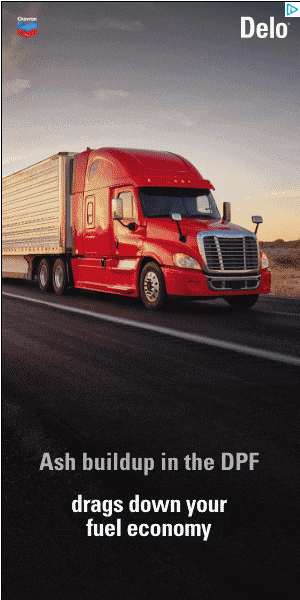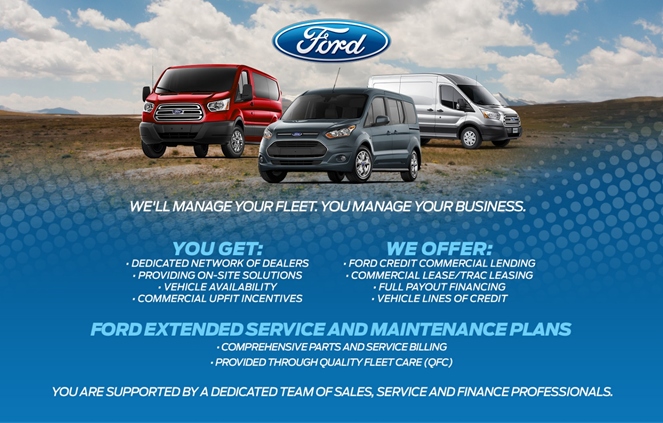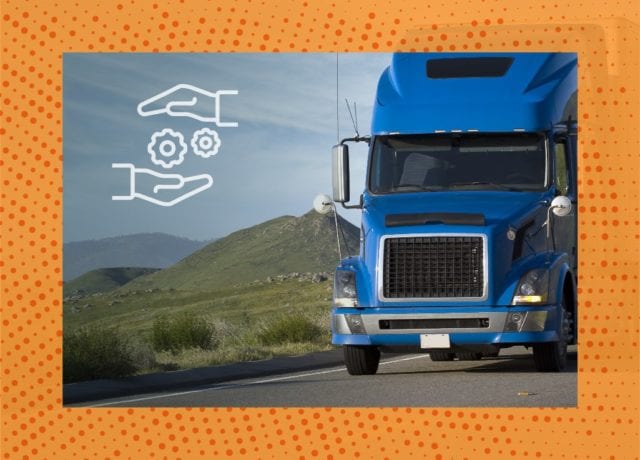80% of fleets are back to work full time, but many companies have experienced major income loss. Roughly half are uncertain of when operations will be “normal” again.
Despite the uncertainty, we’ve seen digital advertising from B2B auto advertising skyrocket.
There are several exciting advancements when it comes to fleets. Here are the latest trends.
We encourage you to subscribe to our blog for the latest data surrounding the advertising industry. We will provide daily updates as COVID-19 continues to make its mark on the US economy.

Fleets are back to work, but uncertainty remains
Just like many sectors of the economy, sub-divisions within the fleet industry have been affected by the pandemic in different ways. For example, according to Geotab research, grocery store activity was at 93% of normal activity, whereas school busses dropped off completely.
Long-haul fleets have continued operating during the pandemic, and the majority of fleets expect to see an increase of freight levels over the next three months.
When it comes to new car fleets, sales are slacking. There has been a decreased demand for auto sales from rental car agencies, government agencies and corporations. We see this in our own data.
According to MediaRadar data, digital B2B automotive advertising has been up 87% YoY since April began. However, the creative is not around new car sales—it’s mostly focused on maintenance and parts.


“If we don’t see a rebound in 2021, this will be a problem for automakers,” said Zohaib Rahim, economic and industry insights manager at Cox Automotive. “But right now they’re using all their production to supply dealers.” Essentially, companies that can supplement B2B losses with consumer purchases are in a better position to ride the recession out.
MediaRadar found that the top B2B advertisers in B2B auto right now include:
- Chevron
- Toyota
- Tenneco
- Stellar Industries
- Zhejiang Geely
Innovations in the semi-truck industry
For several years, there has been a push for autonomous and electric semi-trucks. This push has come from a shortage of drivers to meet shipping demands, a need for increased safety measures and demand for better energy-efficiency.
Fully self-driving semi-trucks are in testing and nearly here.
“For the past two years, U.S. Xpress has worked closely with TuSimple to help define carriers’ needs for L4 trucks,” Eric Fuller, president and CEO of U.S. Xpress said. “We are interested in understanding how TuSimple technology can make our fleet safer and more fuel-efficient.” The trucks drive automatically while two humans—a driver and a technician—test how it operates.
During the pandemic, the trucks have been delivering for the US postal service, UPS and McLain foods. Right now, TuSimple has a one to two year lead on its competitors.
Right now there are forty trucks, but over the next four years, TuSimple will partner with Navistar to develop full production of the fully automated semis.
Meanwhile, Tesla, Paccar and Volvo are all developing electric semi-trailer trucks. They will be launched in the U.S. between 2020 and 2021. States and local governments are offering tax incentives to encourage the transition to clean energy.
Like all industries, the B2B automotive industry is facing a great amount of uncertainty. Yet, in the face of a difficult year, advancements still carry on.
For more updates like this, stay tuned. Subscribe to our blog for more updates on coronavirus and its mark on the economy.


